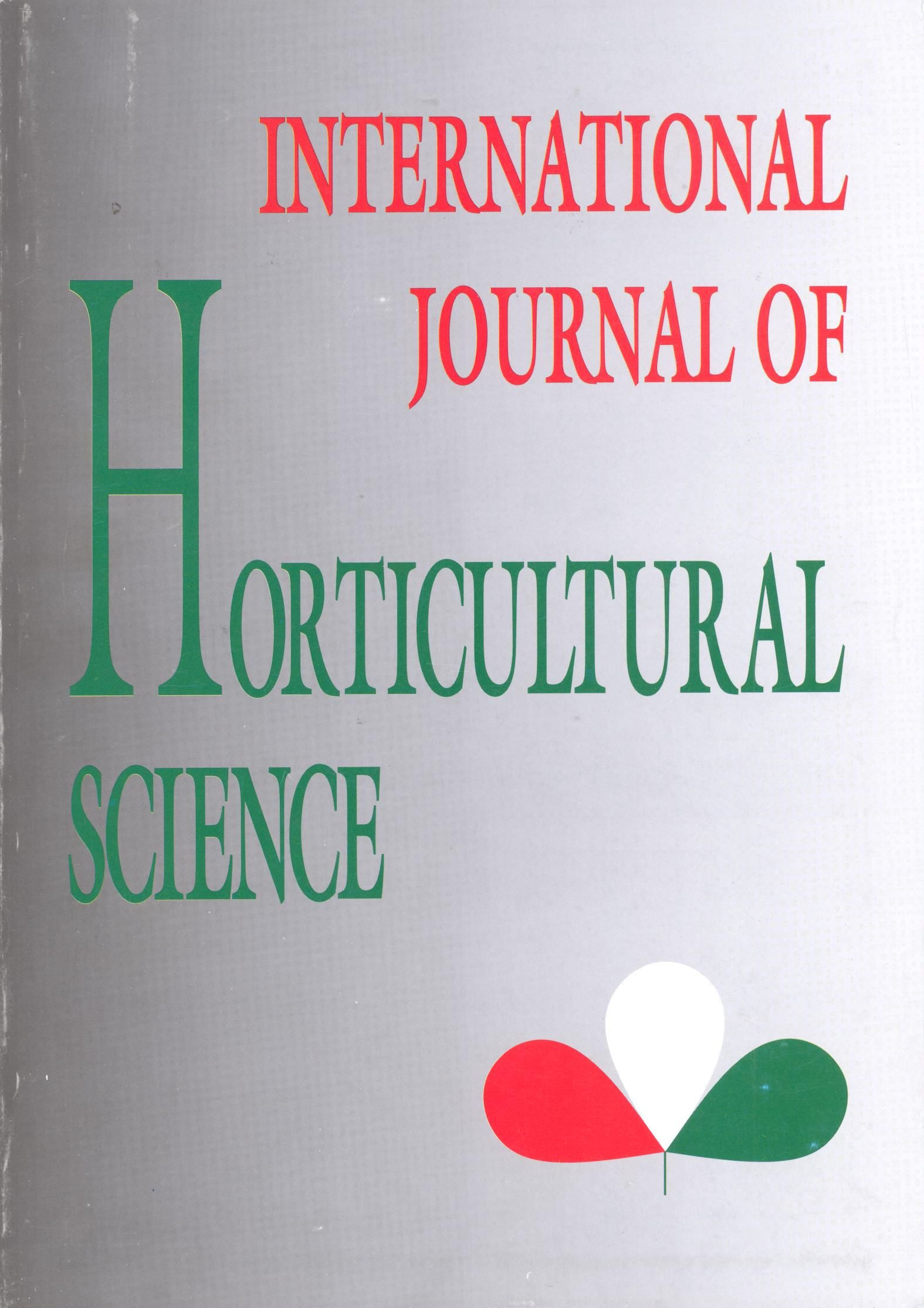Utilisation of data raised in blooming phenology of fruit trees for the choice of pollinisers of plum and apricot varieties
Authors
View
Keywords
License
Copyright (c) 2018 International Journal of Horticultural Science
This is an open access article distributed under the terms of the Creative Commons Attribution License (CC BY 4.0), which permits unrestricted use, distribution, and reproduction in any medium, provided the original author and source are credited.
How To Cite
Abstract
Information concerning the blooming time of stone fruit varieties is, first of all, an important condition of finding suitable pollinisers securing adequate fruit set. For that purpose, varieties are assigned to blooming-time-groups. Depending on the number (3 or 5) of the groups, i.e. the length of intervals separating the groups established, pollenisers are to be chosen for self-incompatible and partially self-fertile varieties belonging to the same blooming-time-group. The mutually most overlapping blooming periods of the respective varieties should be found by raising data of their blooming phenology, i.e. dynamics, which is compared by drawing their phenograms and calculating blooming (V) indices. Variety combinations have to be checked, however, concerning mutual fertility relations of the respective pairs of varieties. That is most important in the case of Japanese plums because of the abundant incompatible combinations. Synchronous blooming has been determined by assigning the varieties to blooming-time-groups, or comparing overlaps of blooming phenograms, or by blooming (V) indices. Synchronous blooming phenology has been studied in European plum varieties (111 varietiy combinations) Japanese plums (156 variety combinations) and apricots (153 variety combinations) under Hungarian conditions, over several seasons. In determining overlaps, the less favourable season has been considered as decisive. Polliniser combinations have been chosen with at least 70% synchronous blooming. Blooming time of varieties is an important part of the variety descriptions. Blooming dates may serve also for the estimations of frost risk or security of yield.

 https://doi.org/10.31421/IJHS/10/1/436
https://doi.org/10.31421/IJHS/10/1/436










